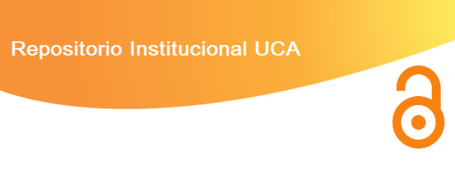Ritmos y símbolos en torno a la cuna. Elementos del nonsense y de las coplas tradicionales españolas en tres poemas de Julio Alfredo Egea
Keywords:
Egea, Julio Alfredo; POESIA ESPAÑOLA; MUSICA; COPLAS; CANCIONEROAbstract
Lullabies and other rituals that come before bedtime imply privileged places for the enunciation and enrichment of the imagination of children. In poems of the contemporary Spanish poet Julio Alfredo Egea, this imaginary arises from the style of Nonsense and on the themes presented in Spanish traditional songs, always to renew the interpretation of these genres. In their internal music, as well as in the isotopies that go trough them, Egea’s lullabies will be the result of a combination of both traditional and modern elements. Such combination, which comes from the fact that the adult identifies himself with the child, shall guide us into an image of childhood in which the voice of innocent singing mingles with the echoes of war and the roaring of the mass media.
Downloads
Downloads
Published
How to Cite
Issue
Section
License
Copyright (c) 2024 Marina Di Marco

This work is licensed under a Creative Commons Attribution-NonCommercial-ShareAlike 4.0 International License.




 e-ISSN 2683-7145 | ISSN 1515-050X
e-ISSN 2683-7145 | ISSN 1515-050X